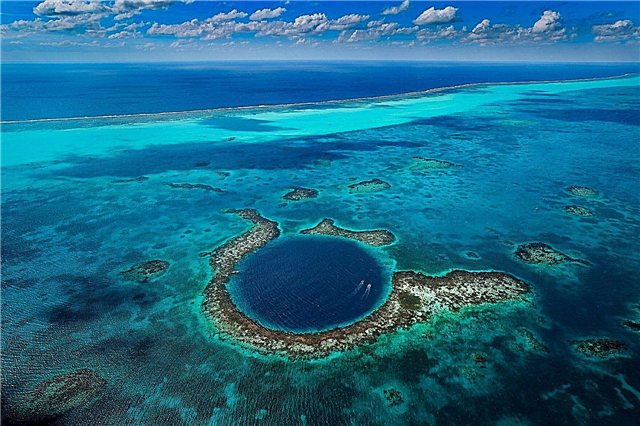
In everyday life, people prefer clothes made from natural fabrics. And synthetic fabrics "do not breathe", so wearing them is unpleasant, especially in hot weather.
How to produce synthetic fabrics?
Synthetic fibers are made by synthesis from monomers. The raw materials are refined petroleum products, natural gas, coal.
The starting materials melt or dissolve. It is necessary that a sluggish fluid is formed. The resulting mass is cleaned of impurities and dehydrated. Impurities are added to the solution to make the fabric, for example, opaque, bactericidal or refractory.
Next comes the molding step. The fluid is forced through the holes of the die - yarn is obtained. Thus, primary fibers are formed, which must be extended - to straighten the molecules and reorient them along the axis. When tensioned, the threads are heat treated. At the end, the fibers are washed, bleached, oiled, or otherwise processed.
Interesting fact: The first synthetic fabric was created in 1935. The laboratory of the Dupont de Nemour concern under the direction of Wallace Carozers received nylon, which was recognized as suitable for the production of yarn.
Artificial fibers should be distinguished from synthetic fibers. Such threads are made by processing natural raw materials. For example, viscose is obtained from a cellulose concentrate that is treated with an acidic compound.
Are synthetic fabrics poorly breathable?
Threads created at chemical plants are thinner and smoother (have a lower coefficient of friction). Therefore, they are more closely intertwined, and air passes through clothes worse. Natural fibers are twisted, uneven, with natural cavities, which does not interfere with natural ventilation.
Also, synthetic fabric does not absorb moisture that evaporates the human body. The skin cannot naturally cool, which leads to even more perspiration. A greenhouse effect is created, bacteria actively multiply on the body. All this causes unpleasant sensations, and the person says that his clothes "do not breathe."
Modern technologies allow making fabrics from chemical fibers of any density. Now the threads can have a complex shape, which prevents them from snugly fitting together. Therefore, the problem of “not breathing” synthetics is not so urgent.
So sportswear, military and camping equipment are made of membrane fabric, which passes air well. Moisture is not absorbed, so the product dries quickly. Expensive synthetics surpasses natural threads in characteristics.
The fabrics from which clothes are made often contain small impurities of synthetic fibers - up to 30%. So things crumple less, keep their shape better after washing and last longer. At the same time, products also pass air well.
Interesting fact: Elastane threads can stretch, increasing in length up to 6 times. Fibers are added to many garments for elasticity.
Synthetic fabrics do not “breathe” due to the peculiarities of production - polymer molecules line up longitudinally during processing, the threads themselves are pressed through holes and acquire the correct shape. Therefore, the fibers of the fabric are snug against each other. But this is true only for inexpensive materials. Clothing for sports, tourism, military equipment is made from synthetic fabrics that "breathe" in full.












